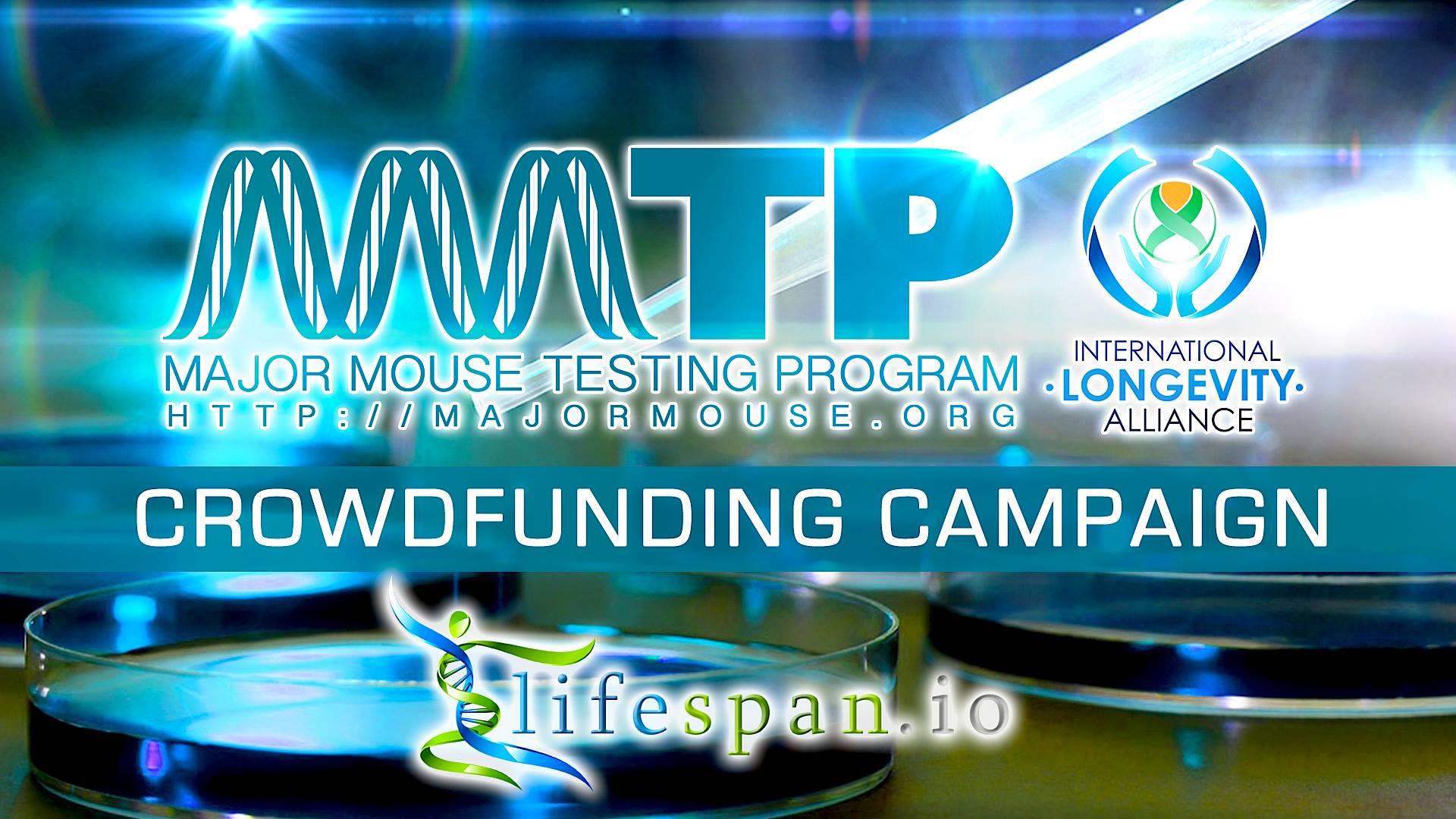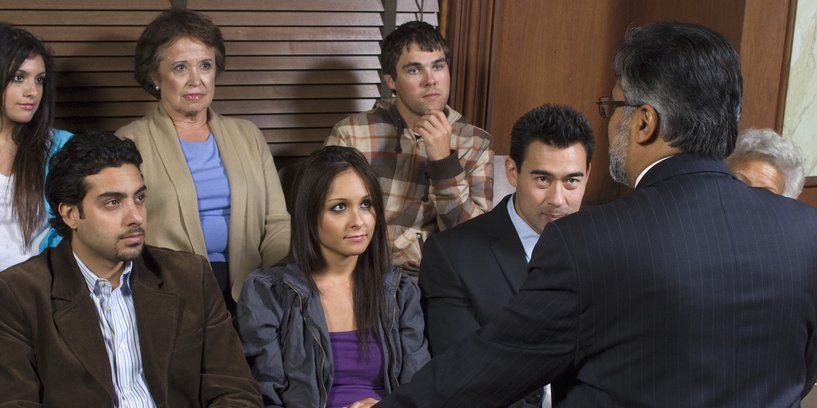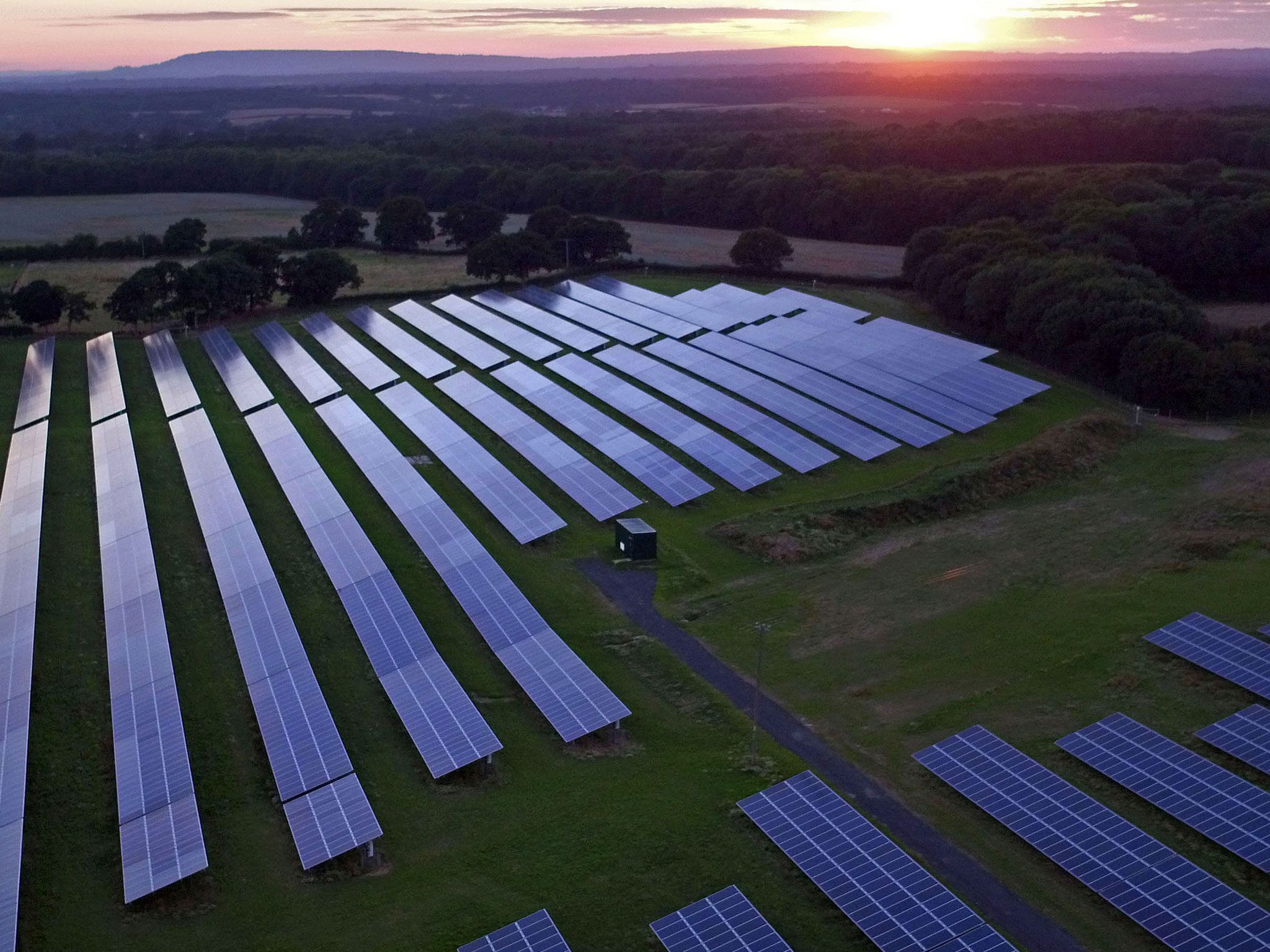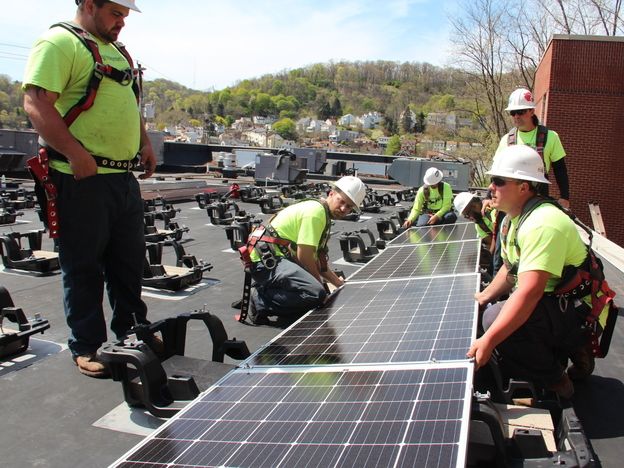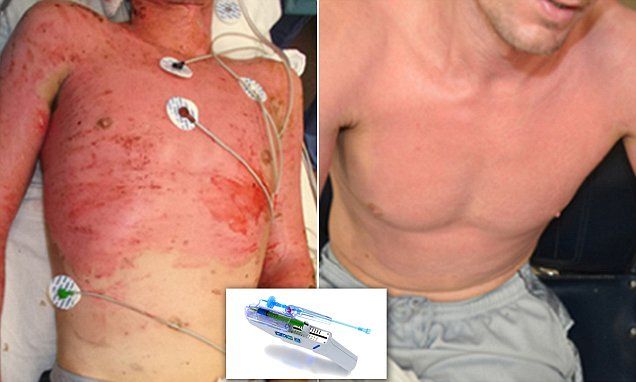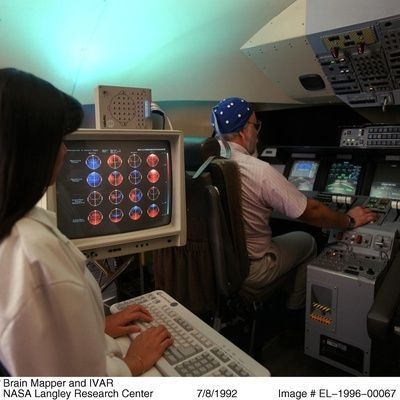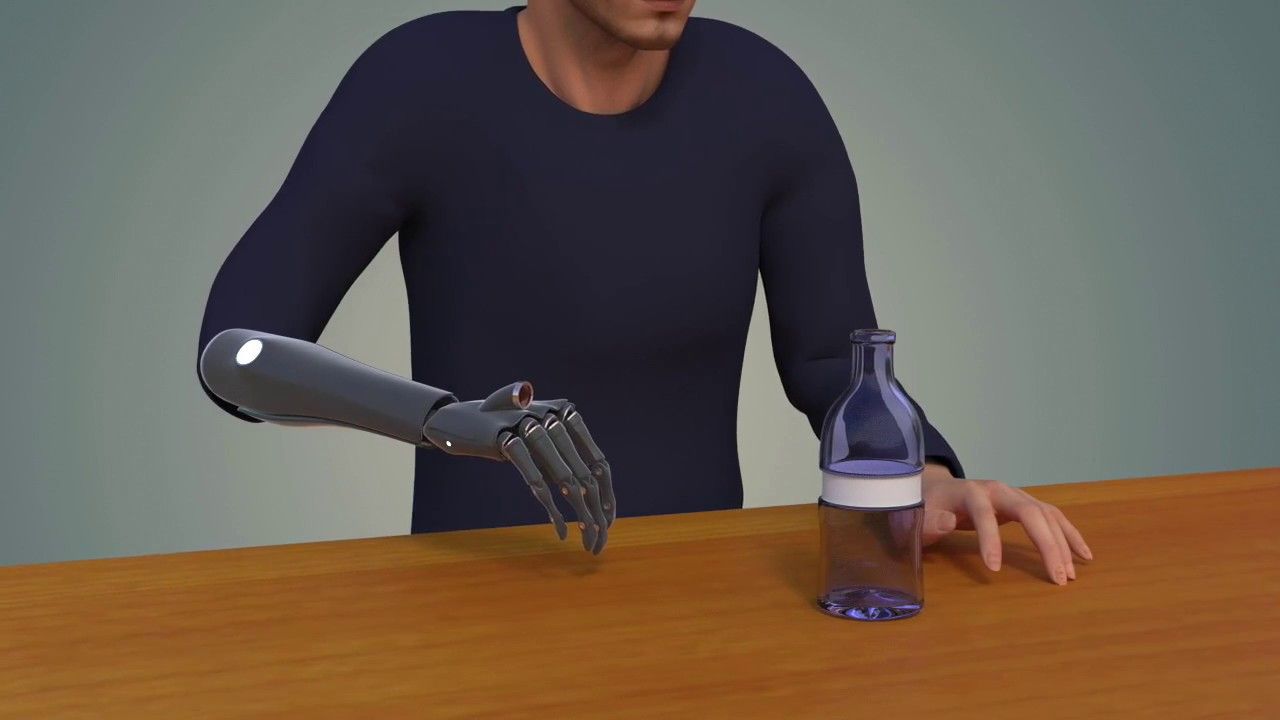May 7, 2017
We are currently organizing our Longevity Panel with Alexandra Stolzing, Aubrey de Grey and a number of other guests
Posted by Steve Hill in category: life extension
The major mouse testing pogram is organizing a special 1.5 hour long longevity panel with Dr. Alexandra Stolzing, Dr. Aubrey de Grey and other guests in early June. This was one of the rewards for their campaign on Lifespan.io last year.
They are asking the community to suggest questions to ask Dr. Stolzing and Dr. de Grey so head on over there if you would like to ask them something and maybe it will make the show. The show will be broadcast live on Facebook and the dates will be announced shortly.
We hope to lifestream the science panel to facebook in June and will confirm the time and date shortly.
